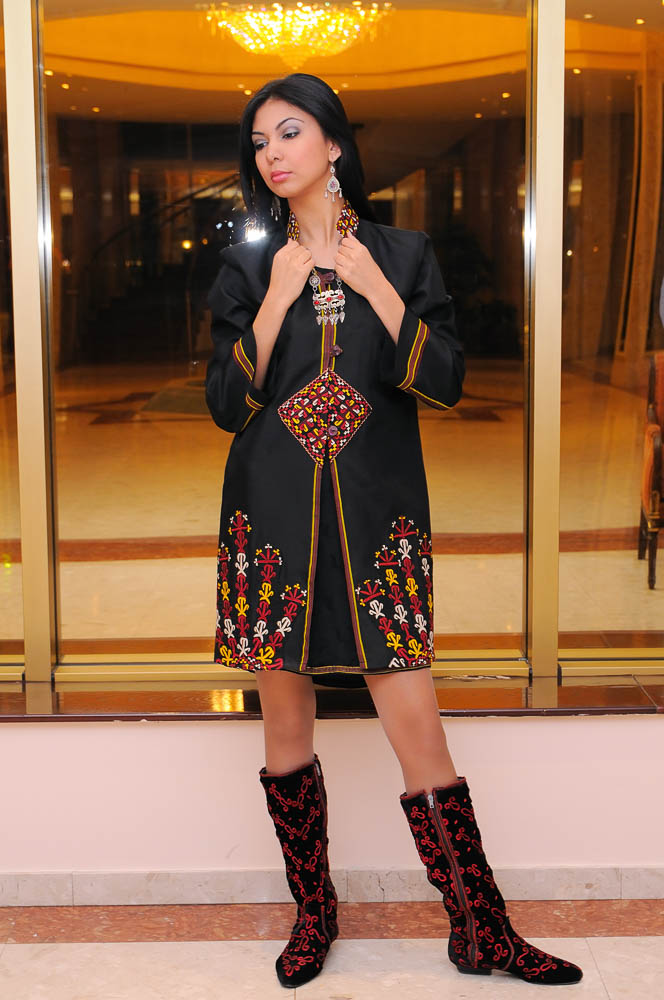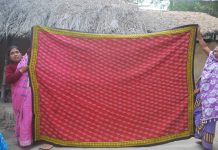
Turkmenistan is the motherland of the keteni homespun silk fabric. Environmental conditions of the region have always favored the cultivation of mulberry plantations with high quality mulberry breeds. Turkmens have always successfully practiced silkworm husbandry. Their homespun silk fabric was always valued and in demand due to its durability and colour combination.

Ancient origin of the Turkmen “keteni” is proven by findings from archeological excavations of historical cities of Turkmenistan, from which the magnificent fabric reached European markets through Great Silk Road. Since ancient times, keteni silk fabric was used to make traditional clothing of the Turkmen. For many centuries, this fabric was the most popular textile in the nation.
The unique weaving technology is peculiar to the Turkmen. However, the word “keteni” and its derivatives can be found in different languages. In ancient Hebrew (kittonet), in Arabic (katton) and in ancient Greek (hiton). In Farsi, word keten means fabric. One of the main characteristics of keteni fabric is its colouring, defined by the quality of the dye. In ancient times, the fabric was dyed with natural vegetable dyes, hence the peculiar intensity of the tone and stability of dyes. Procurement of vegetable and mineral dyes is a complex process. In extraction of dyes, it is of utmost importance to strictly observe weight ratios.
In Turkmenistan, since ancient times, preference was given to the red colour. It was believed that red colour has magic features and protects from evil forces. One of the sources of red colour is madder. Indigo was used in order to get blue and light blue colours. Also pomegranate skin, walnut, onion skin, tea and certain insect were used. To fix the paint, artisans used alum, and for bleaching they used ash of mineral coal.
Artisans still use the ancient loom (tara). Its width is approx. 30-40 cm, which previously determined the cut of the dress. A fundamental basis for the fabric is stiff silk fibre. When time consuming process of fibre preparation is finished, long silk threads are stretched on the loom. Deft hands of the craftswoman quickly throws the carpet shuttle from side to side, tightly fastening the threads, and the keteni is born. Nowadays, just like in the old times, production of the keteni fabric remains largely artisanal. Handicrafts were and still are a very important part of Turkmen culture. Nowadays, women still make and wear clothes from keteni fabric, that emphasizes their uniqueness and cultural identity.
Every time, when starting to work on the loom, craftswomen turn to the Eshe Patma goddess, patroness of artisans and craftsmanship with words of prayer. They ask for blessing of their painstaking work.




